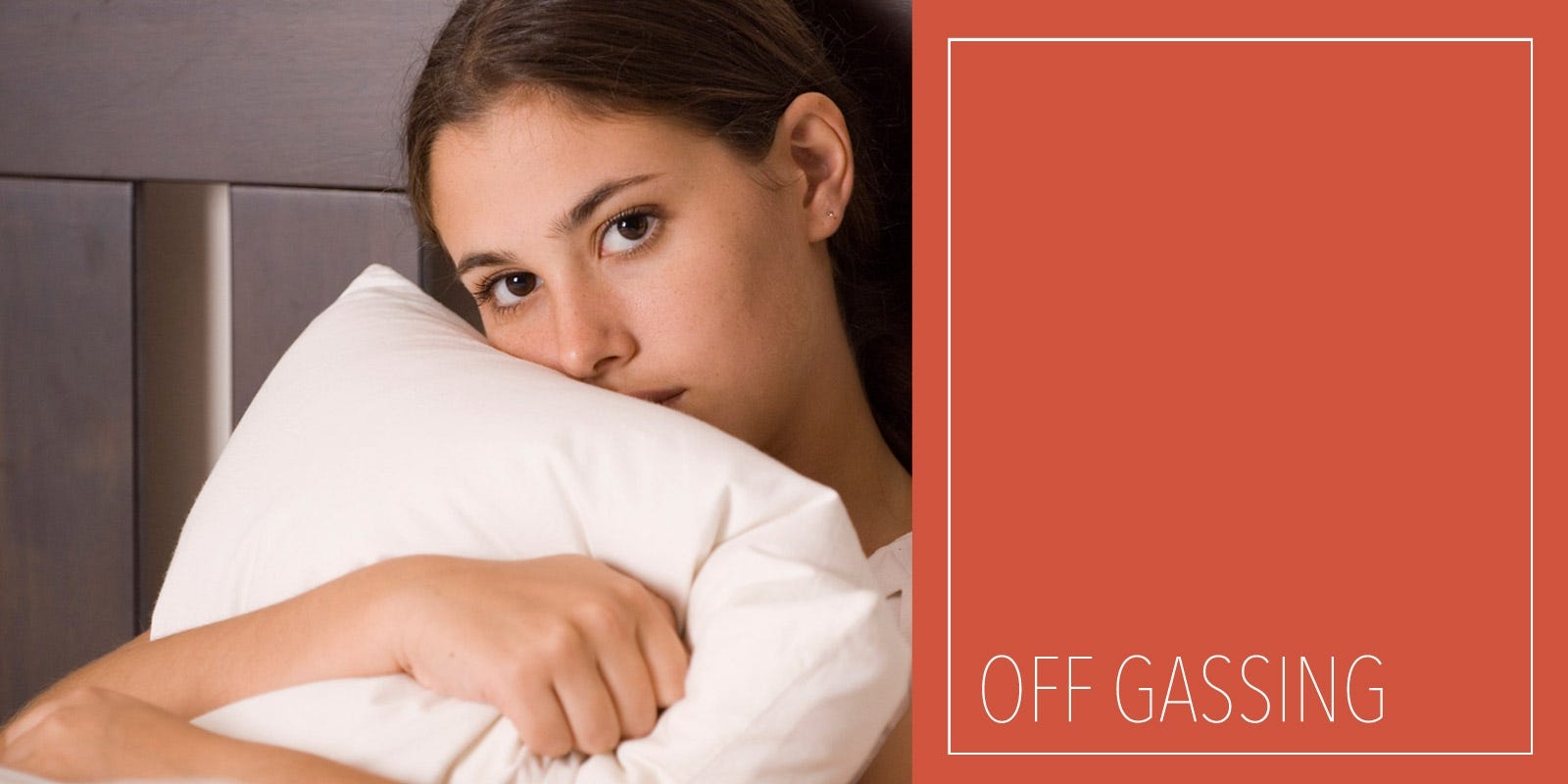
What Are Safe Indoor VOC Levels?
Low VOC Options
There are many furniture options today. What is not so widespread are low VOC or chemical free options. A major source of VOC's in furniture comes from polyurethane foams. You can rest assured if you purchased a futon mattress that contains no polyurethane foam, in the form of memory foam, memory gels, and high resilient foams. In futon mattresses and futon frames, harmful VOC's come from aging polyurethane foams and gels as well as finishes and glues on the futon frames itself. Of course, futons are available with natural and organic materials as well as futon frames with hand rubbed oil finishes instead of lacquers.

The VOC Rating
Federal law requires that manufacturers include a VOC (volatile organic compounds) rating on the label. The rating is important because VOCs can pose certain hazards to the environment and to the person using the product. The rating is displayed in grams per liter (g/l) and it tells consumers the relative concentration of VOCs that are present in the mix. As a general rule, the lower the VOC rating, the lower the potential hazard this product might pose. However, there’s a little more to the story than that.
The VOC rating may be misleading or may not present the entire picture of the potential hazards. Although a lower VOC rating is generally a positive thing, understanding the true toxicity of a product goes beyond what a simple VOC rating can tell us.
The VOC rating is a simple measure and by no means does it provide the complete picture of the product itself. How you use a finish can be just as important as the VOC rating itself. Some manufacturers have ended up in court over exaggerated claims of “low” or “zero” VOC content in their products.
Conversely, a higher VOC rating is generally not a good thing. But sometimes, the higher VOC rating for example in wood finish appears more hazardous than it actually is. A main example of this is the use of shellac based finishes. On first glance, the high VOC rating should be cause for concern, however the FDA has approved this product for use in foods. How could this have happened? Someone surely must have overlooked this. The hard, shiny shells on candies are often made from shellac, a resin secreted by the lac bug. You may know shellac from its more famous work in varnishes and sealants, but it's also a mainstay in pill coatings, candy, coffee beans, and even the waxy sheen on apples and other fruits and vegetables.
Everything You Need To Know About Futons

 What Houseplants Are Best For Cleaning The Air?
What Houseplants Are Best For Cleaning The Air? What To Consider When Buying A Futon?
What To Consider When Buying A Futon? Why Buy A Futon?
Why Buy A Futon? What Wood Is Best For Beds?
What Wood Is Best For Beds? What Are Futon Frame Styles?
What Are Futon Frame Styles? Selecting The Right Mattress For Your Frame
Selecting The Right Mattress For Your Frame What Are The Sizes Of Futons?
What Are The Sizes Of Futons? How To Care And Maintain Your Futon?
How To Care And Maintain Your Futon? What Furniture Is Best For My Health?
What Furniture Is Best For My Health? What Causes Poor Indoor Air Quality?
What Causes Poor Indoor Air Quality? Do Mattresses Contain Volatile Organic Compounds (VOCs)?
Do Mattresses Contain Volatile Organic Compounds (VOCs)? Sleep VOC Free
Sleep VOC Free What Is Off Gassing?
What Is Off Gassing?




